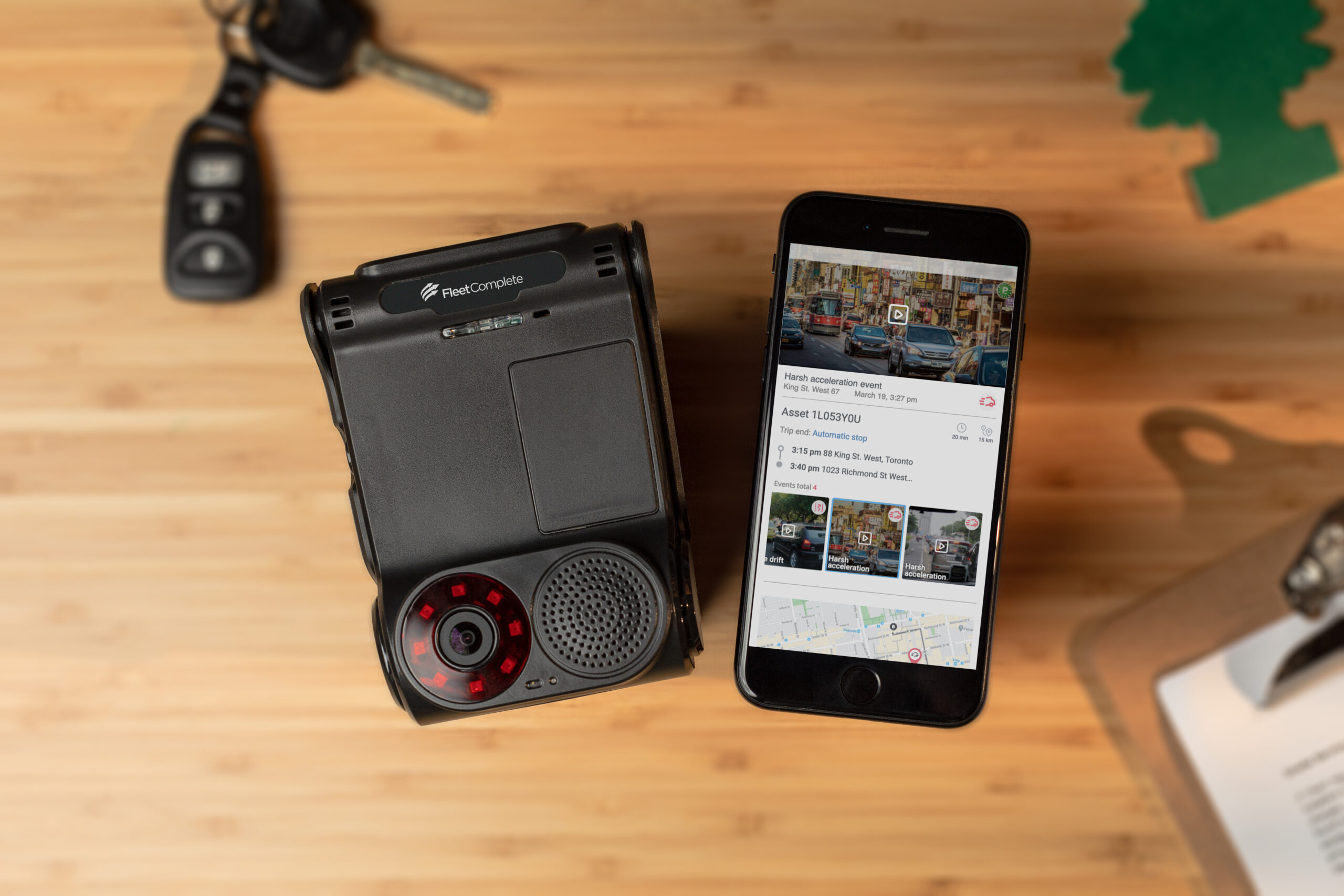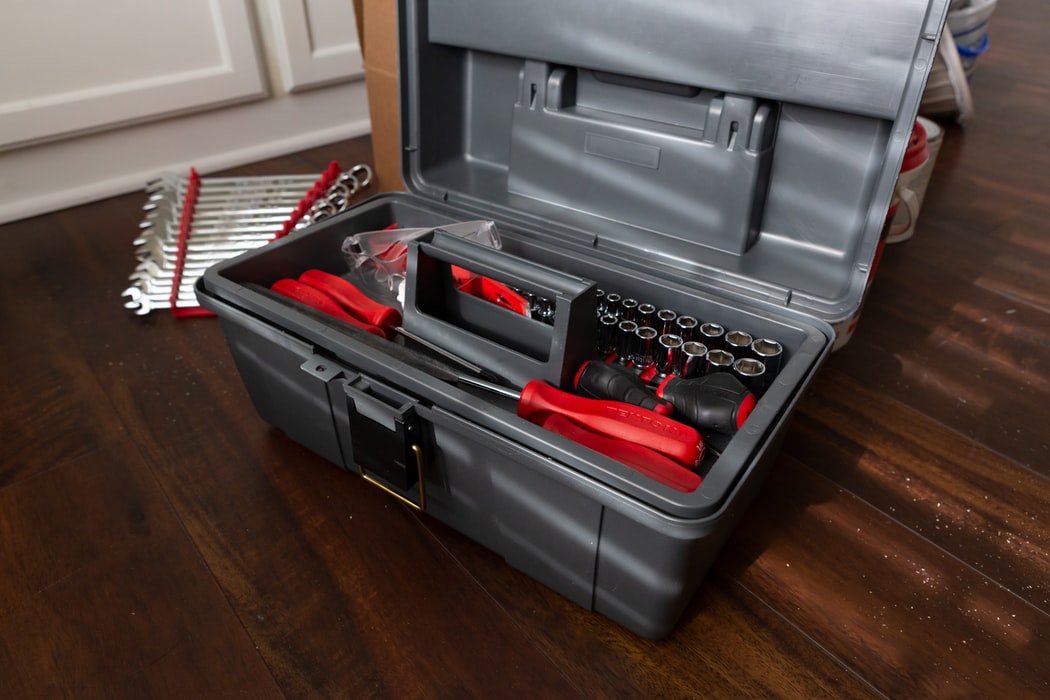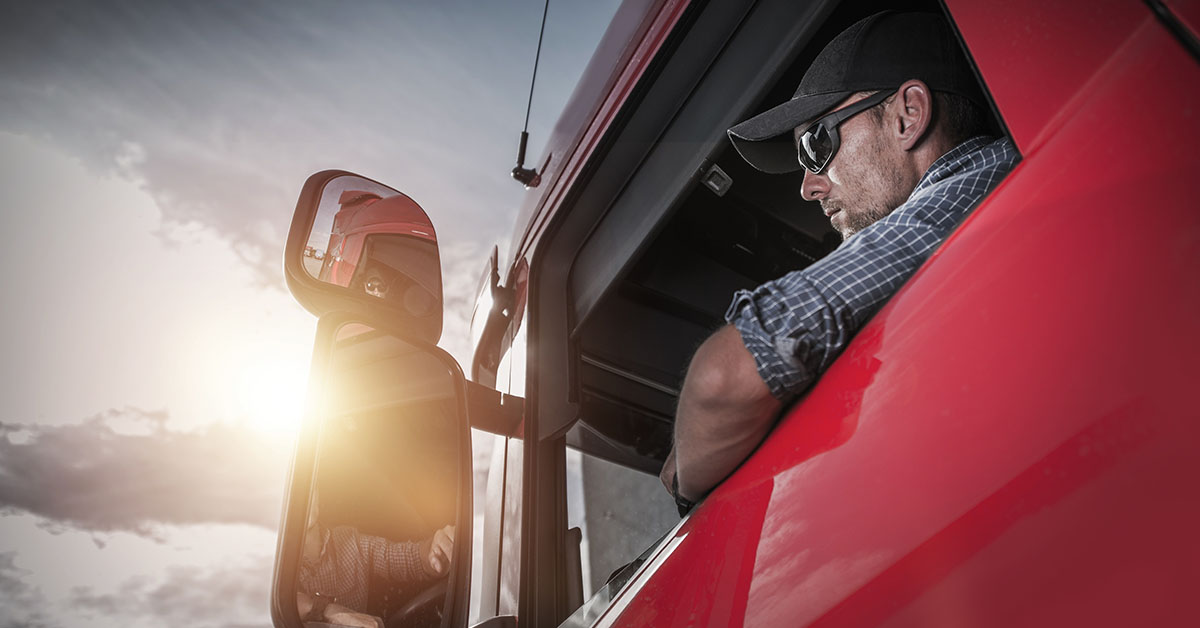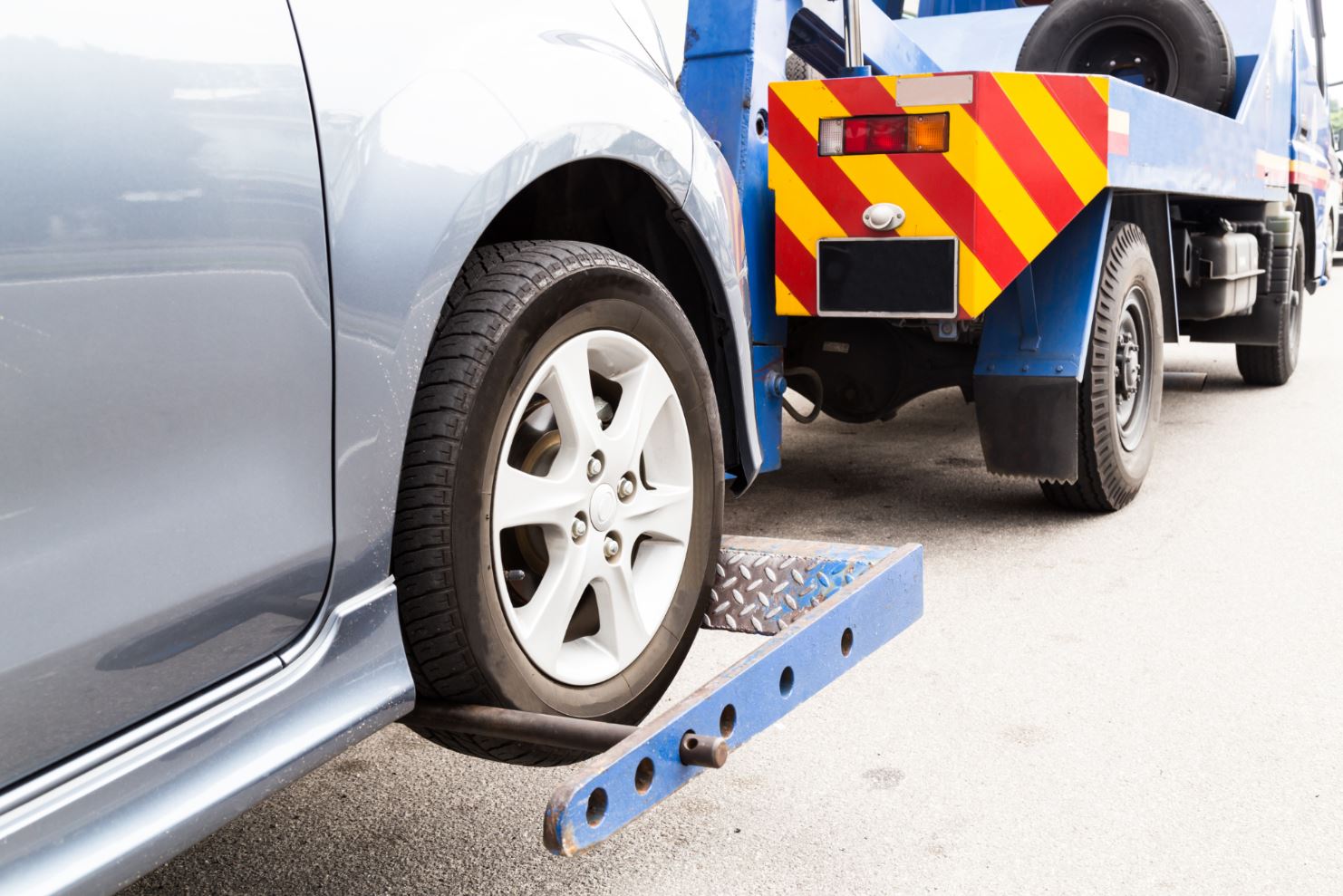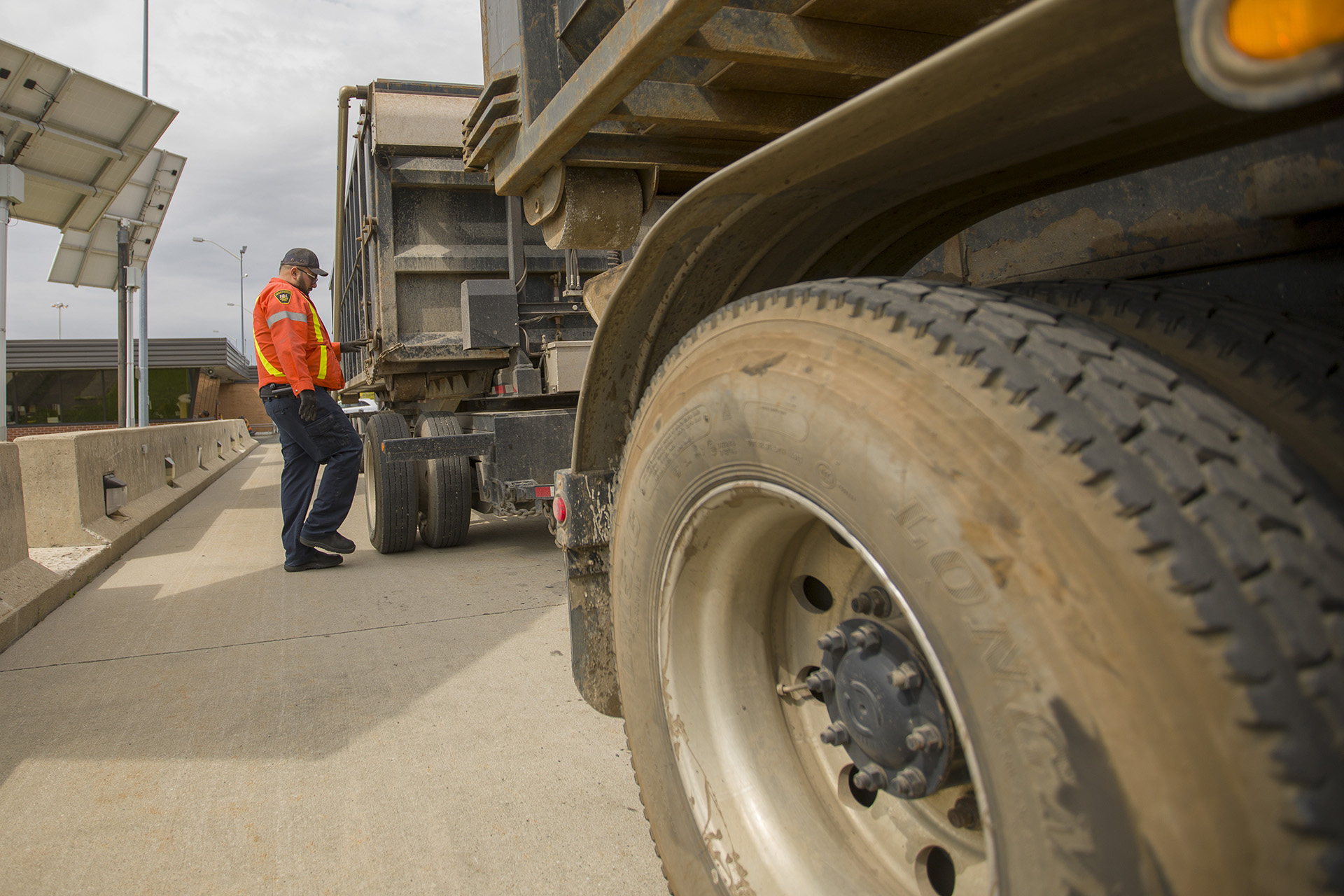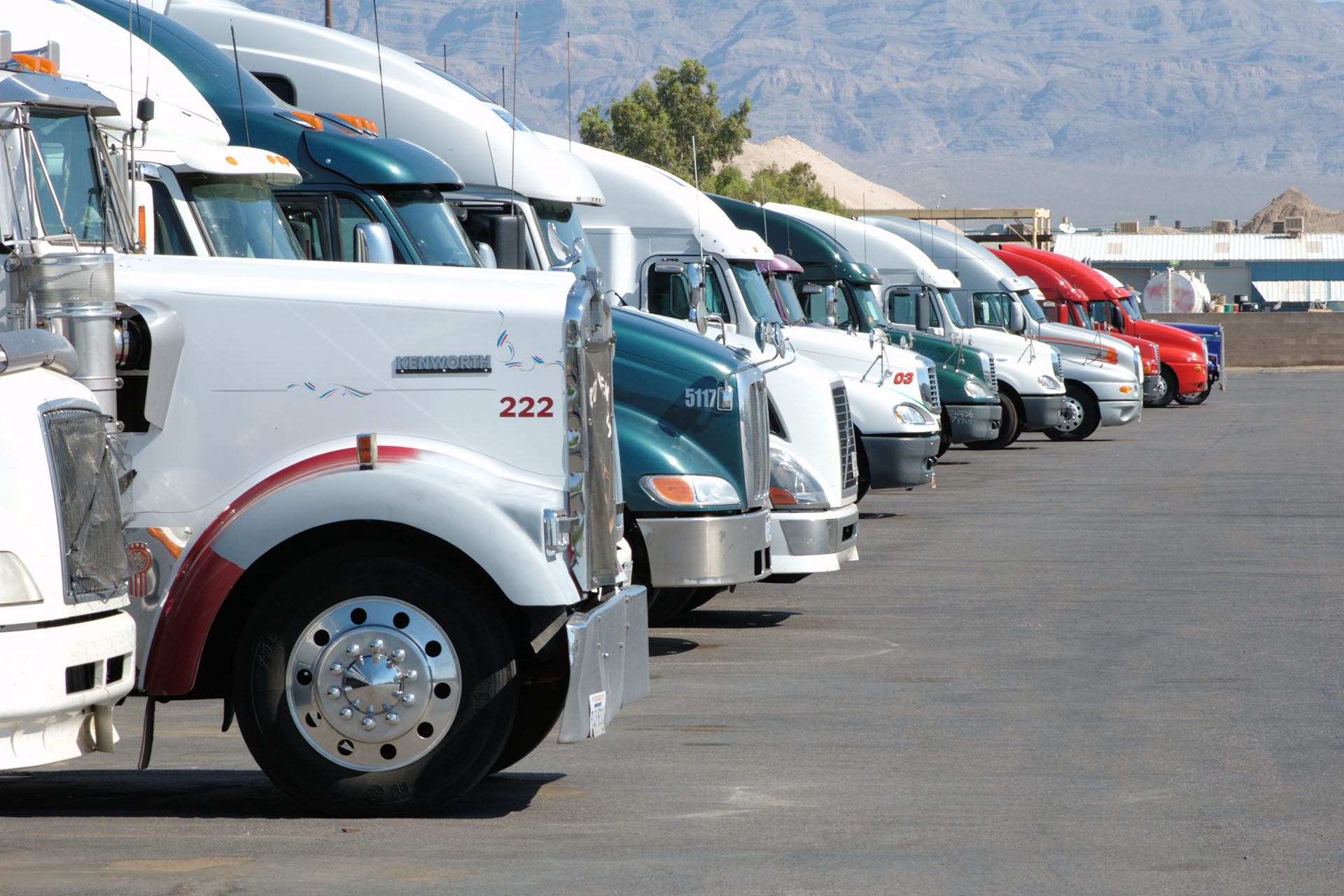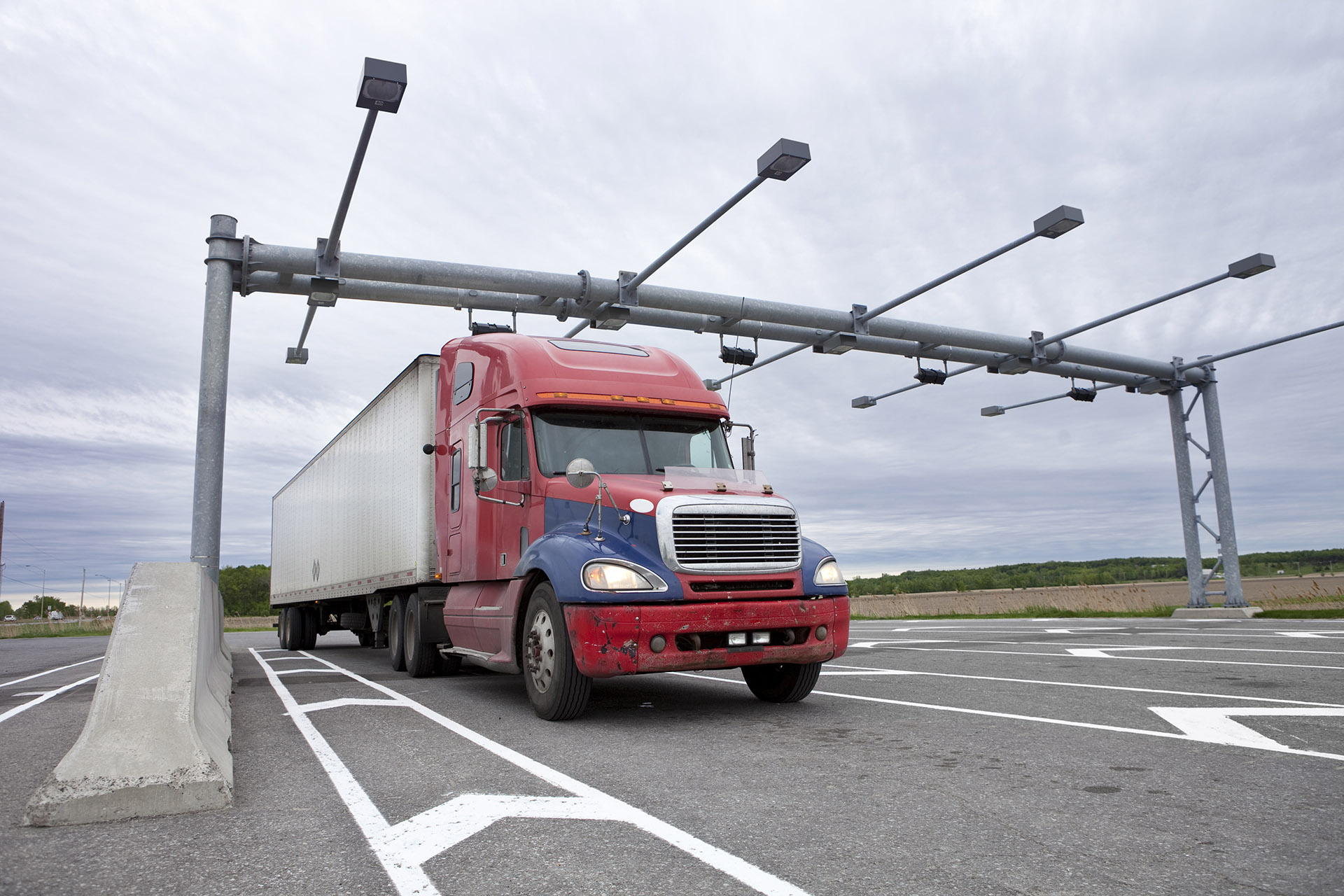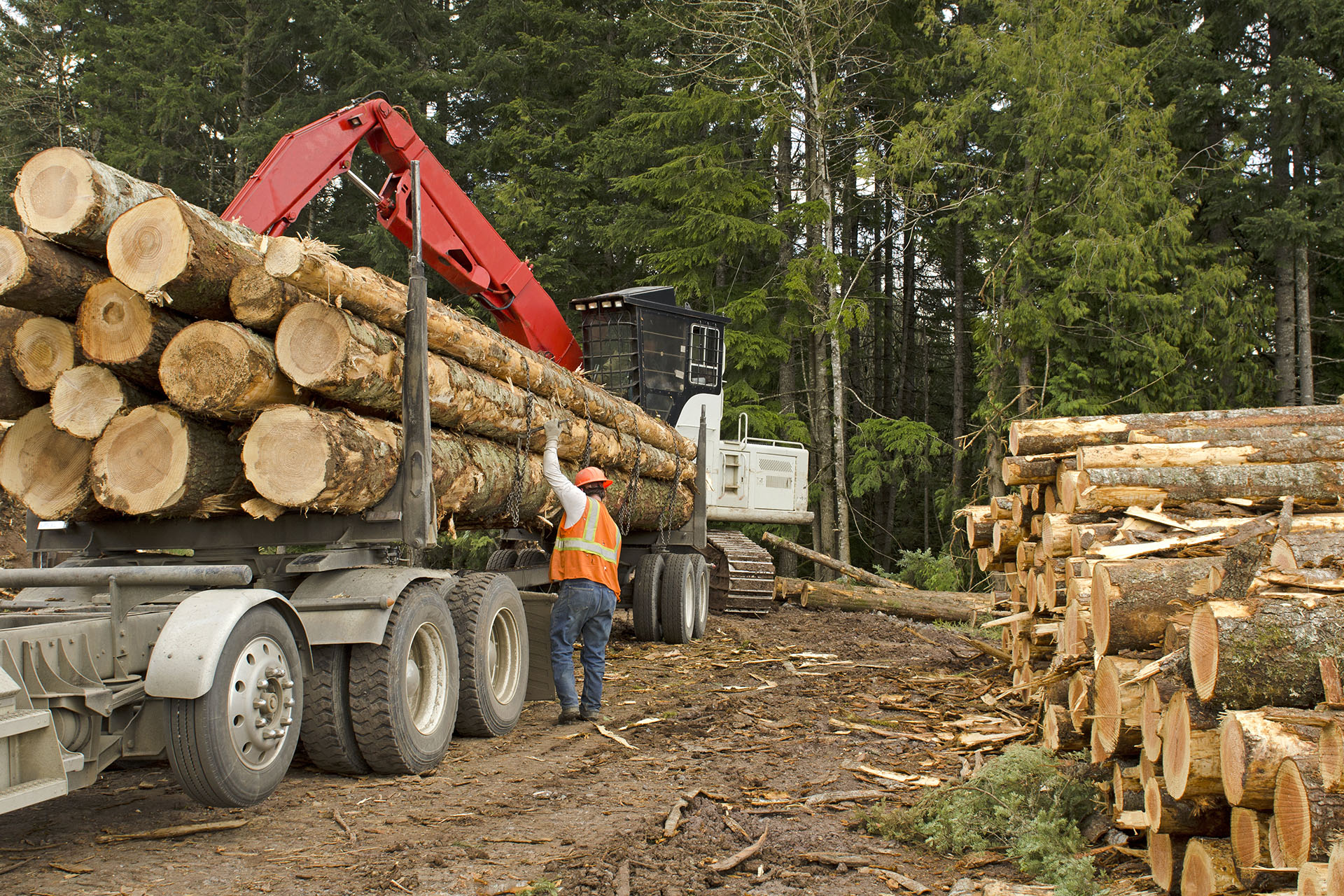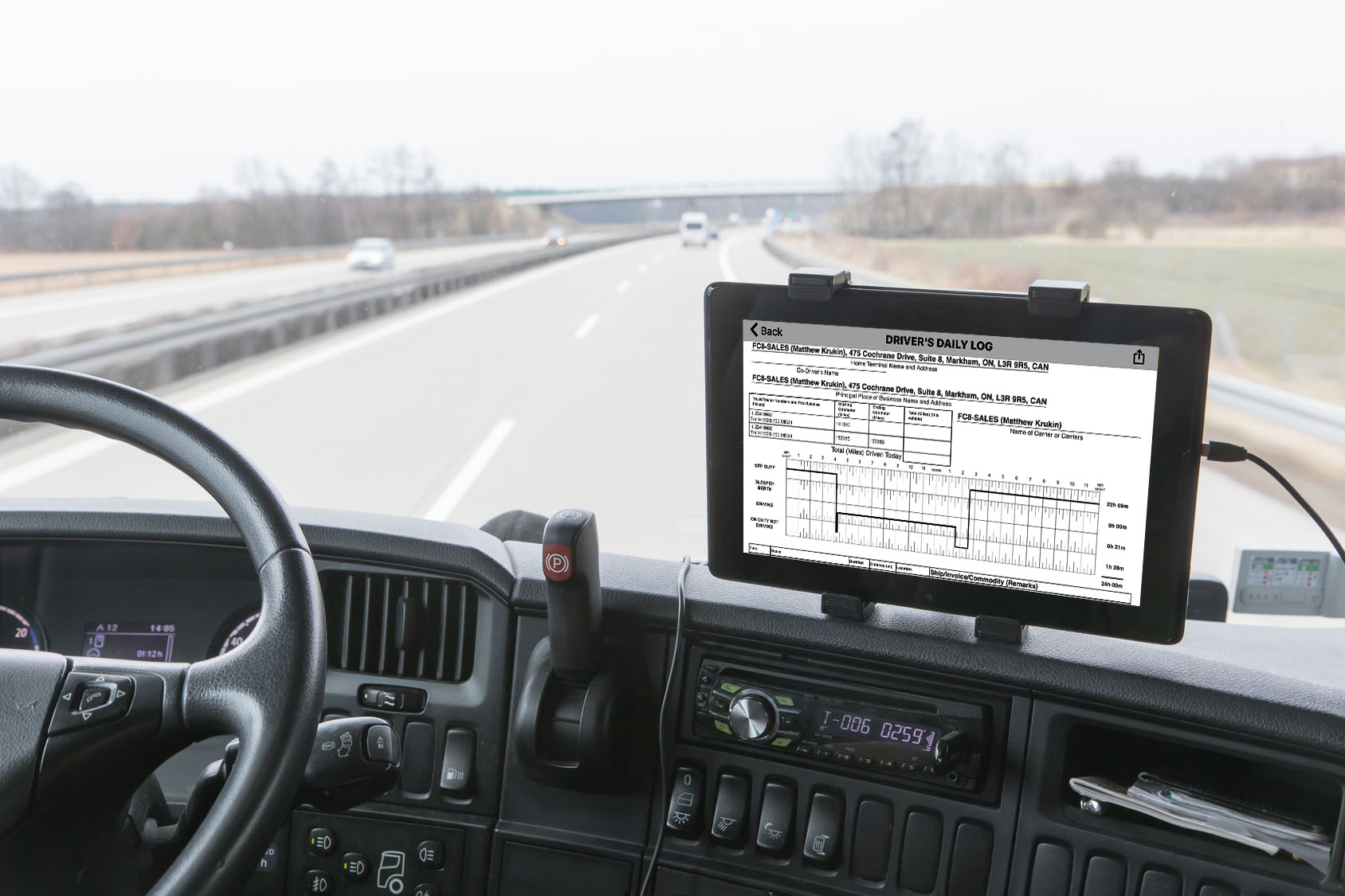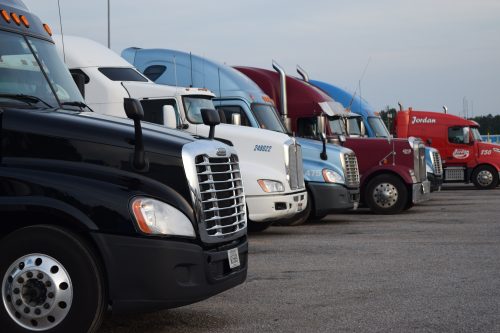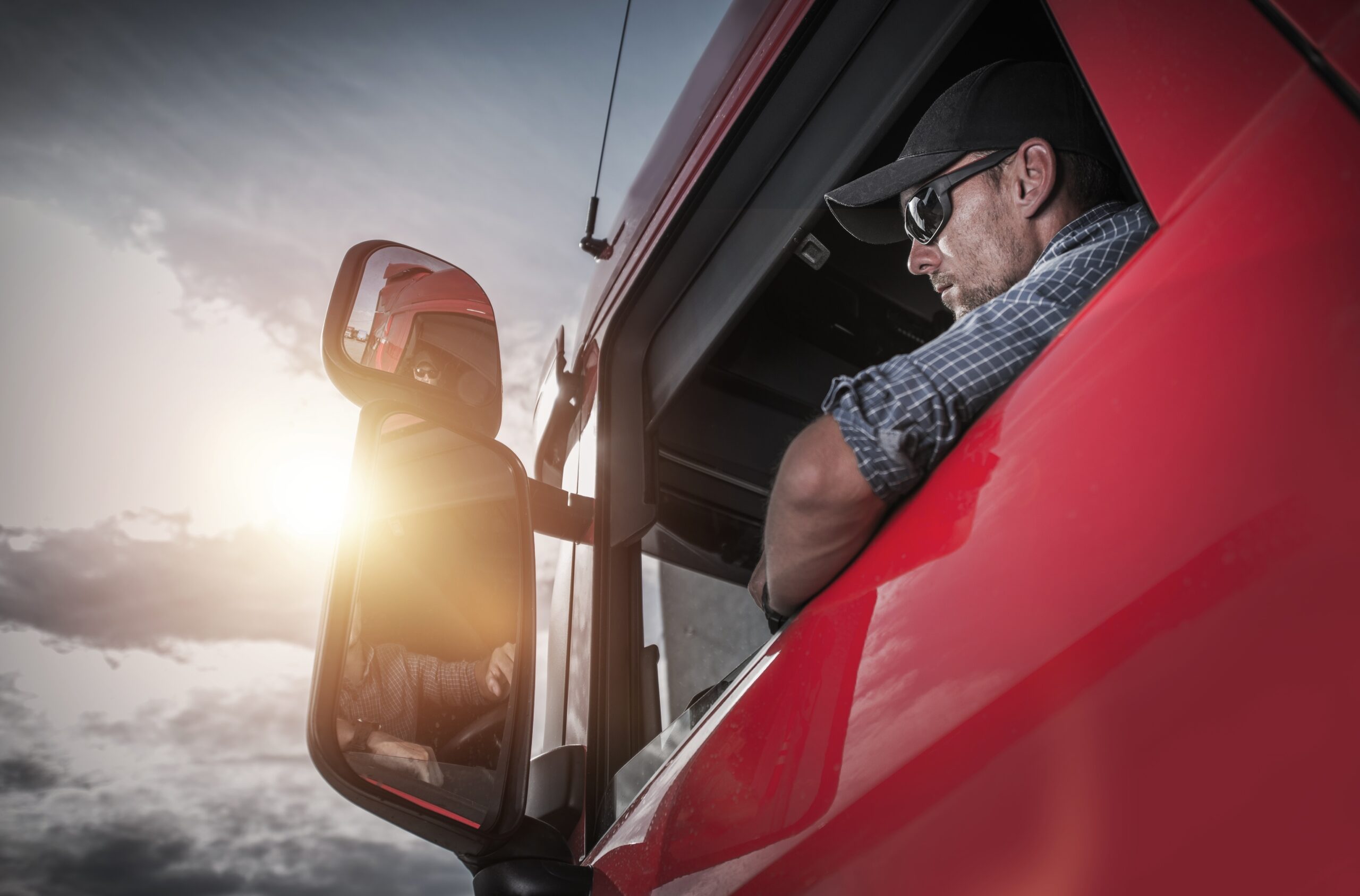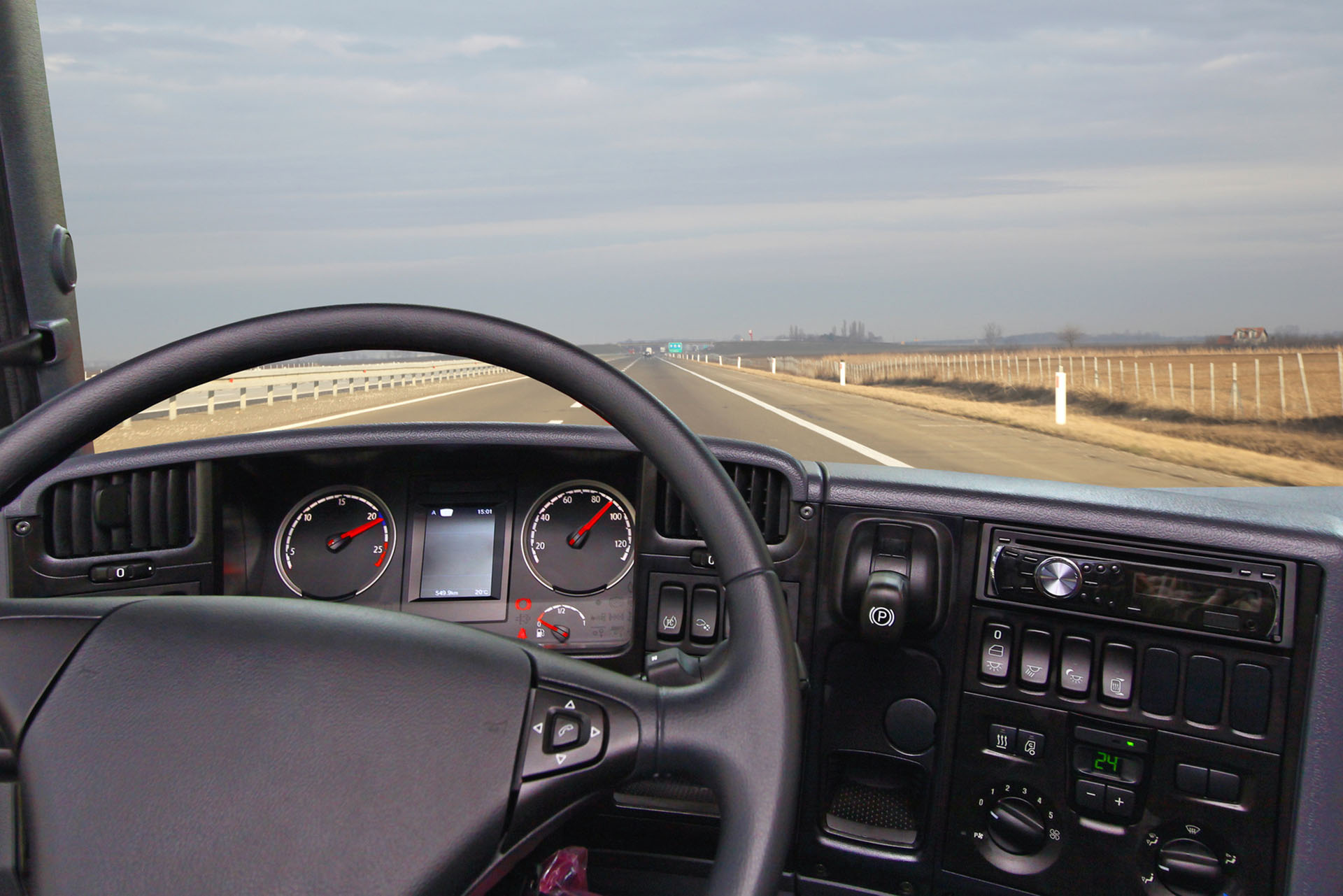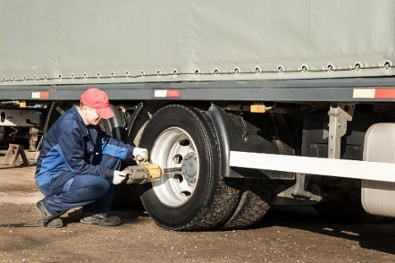Trailer sway can happen in a matter of seconds, catching even a professional driver off-guard, and can be very dangerous if not handled properly. Preventing trailer sway from occurring in the first place is the best way to avoid causing an accident.
What Causes Trailer Sway?
To understand how to prevent trailer sway, which is commonly referred to as ‘fishtailing’, it is important to understand the potential root causes.
Unlike a semi-trailer that latches onto the fifth wheel of a truck, a full trailer will sway when exposed to a force such as high crosswinds that causes it to move from side to side. This is particularly the case when a commercial vehicle is a straight truck pulling a full trailer or is pulling a combination train configuration, where the second trailer is an ‘A’ Train with a drawbar pintle/hook attachment.
If wind conditions worsen quickly, a trailer can suddenly and unexpectedly begin to sway. It becomes challenging for a driver to regain control of the vehicle once the trailer starts to sway.
A random gust of wind is not the only cause for a trailer to sway. A passing tractor-trailer in the hammer lane can create a tailwind that sends a sudden and intense gust toward the back and sides of a driver’s pulled trailer. Factors that also contribute to trailer sway include highway infrastructure, uneven road conditions, and the potholes that everyone has encountered while driving.
To mitigate trailer sway incidents, included are 6 tips that a professional driver can use to prevent this from happening while operating a vehicle combination.
1. Proper Trailer Weight Distribution
Ensure that your trailer is loaded to the appropriate weight and is properly balanced to reduce trailer sway. If you are pulling a full trailer on a pintle hook, the trailer’s tongue weight range should be about 10-12% of the total trailer weight. This will help reduce oversteering in the towed vehicle. A driver should ensure that a trailer is loaded evenly from left to right and keep most of the total loaded weight – approximately 60% – toward the front of the trailer. Generally, the more weight that is loaded toward the back of the trailer, the easier it will be for the trailer to sway.
2. Ensure your Trailer is not Overloaded
All trailers manufactured to pull a load will have a maximum weight rating. If you exceed these maximum weight limits, it will increase the likelihood of trailer sway. Therefore, a professional driver must always pay attention to the overall maximum trailer weight, along with tongue weight limits, towing vehicle payload, and tow ratings.
3. Use a Tow Vehicle with a Longer Wheelbase
While a truck with a long wheelbase will not completely resist trailer sway, it will help your vehicle resist the effects. With more distance between the tow vehicle’s wheels, it can better counteract the swaying motion of the trailer. A truck and trailer equipped with rear dual wheels may also be more resistant to swaying due to added traction from the extra wheels on both vehicles.
4. Use a Tow Package
If a fleet is purchasing a vehicle to tow a full trailer with a drawbar pintle/hook attachment, you should buy the optional tow package. In this case, the vehicle will likely come with a hitch, trailer wiring, and upgraded transmission cooling. The vehicle should also come from the factory with more durable batteries, alternators, and brakes designed to pull a full trailer.
5. Avoid Sudden Movements
A driver should avoid slamming on the brakes, letting off the throttle suddenly, or overcorrecting the steering. These evasive actions will result in the trailer swaying and ultimately losing control up to and including a jackknife. The stability of your vehicle can have a direct impact on the stability of your trailer. To avoid these sudden movements, a driver should leave a cushion of safety between your vehicle combination and other vehicles on the road. You should also deploy fleet and asset tracking technology so that you can plan your entire trip in advance. This would include planning your left and right turns beforehand, communicating your intentions to make a safe lane change, and allowing yourself plenty of time for travel, so you never have to take sudden evasion action that could lead to a crash.
6. Slow Down
Driving beyond the posted speed limit is perhaps the most common cause of trailer sway. Once a professional driver is on the open road, it can be easy to let your foot get a little heavy and not notice the increase in speed until your trailer starts to sway. By then, it may be too late to take corrective action. Keeping this in mind, you should plan to travel at a safe pace or give a professional driver the time needed to get to a destination safely and issue-free.














